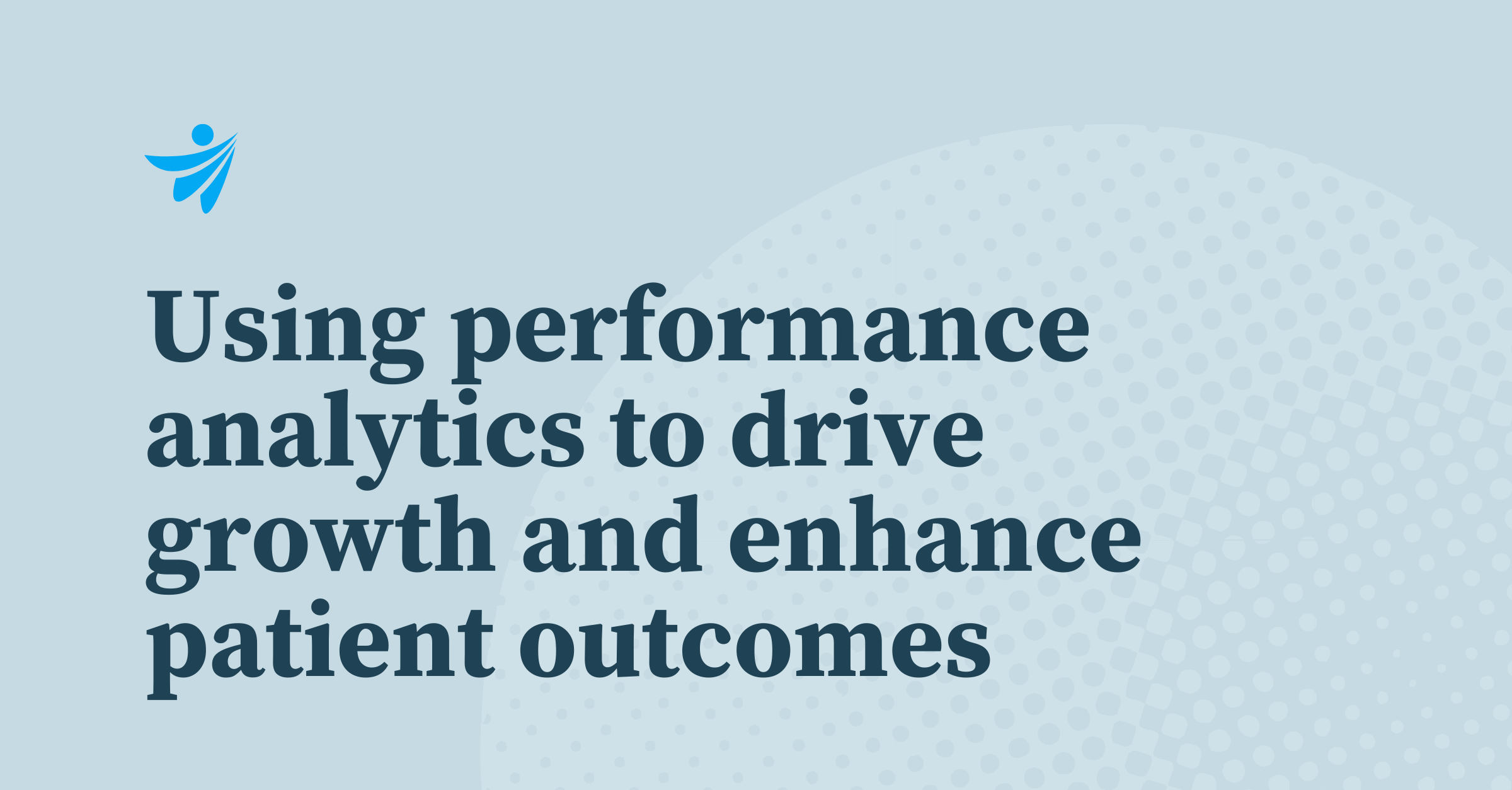
Insights for Providers
Jul 19, 2024
Insights for Providers | January 9, 2024
Hospitals today are complex businesses facing the dual challenges of growing revenue while maintaining operational efficiency. Provider organizations can use predictive analytics to fuel strategic growth, identify savings opportunities, and drive greater efficiency for staff and patients. Predictive analytics empower healthcare organizations to strategically expand by leveraging data to forecast future trends and identify potential areas for efficient growth. With the right analytics, providers can more accurately identify growth opportunities, optimize resource allocation, forecast demand for services, enhance operational efficiency, and drive revenue growth. Predictive analytics can serve as a powerful tool for providers to better and more accurately navigate service line expansion and innovation. By analyzing vast datasets, it can discern patterns and trends in healthcare needs and demographic shifts, providing valuable insights into current and future patient requirements. For instance, an analysis of population health data might reveal an increasing prevalence of a particular condition in a region, signaling an opportunity for hospitals to expand services in that specialty. This data-driven approach ensures that the expansion aligns with actual population needs, enhancing the likelihood of its success. Additionally, predictive analytics can offer a competitive edge by evaluating the performance of rival healthcare providers. By understanding the strengths and weaknesses of competitors, hospitals can identify underserved areas in the market or gaps in services offered by others. This enables them to tailor their service offerings to fill these voids, differentiating themselves in the marketplace. For example, if analytics reveal that no nearby hospital specializes in a certain type of care, a hospital could seize this opportunity to develop and market a new specialty program, thus attracting a new patient base and securing a unique position in the healthcare market. By synthesizing this information, providers can pinpoint areas for expansion or new service offerings, ensuring that growth efforts are aligned with the evolving demands of the market. This enables healthcare organizations to make informed decisions, allocate resources strategically, and stay ahead of market shifts. Providers can use predictive analytics to forecast demand for healthcare services. By predicting future demand for specific services, healthcare organizations can proactively allocate resources, adjust staffing levels, and streamline operations based on anticipated patient needs. The strategic allocation of resources is crucial for a hospital’s growth and sustainability. Two significant use cases for the use of analytics for strategic growth are workforce optimization and improved facility utilization. By analyzing patterns in patient admissions, seasonal trends, and historical staffing data, predictive analytics enables hospitals to anticipate periods of high demand and adjust staffing levels accordingly. This proactive approach ensures that the right number of healthcare professionals are available at the right time, avoiding understaffing during peak periods and overstaffing during quieter times. Such precision in staffing not only improves patient care by reducing wait times and enhancing the patient experience but also contributes to efficient resource management. By aligning staff availability with patient needs, hospitals can operate more efficiently, reducing unnecessary labor costs while ensuring high-quality care and a good patient experience, which is essential for sustainable growth in the competitive healthcare industry. Analytics can also play a crucial role in facility utilization by optimizing the use of operating rooms, beds, and other resources. By analyzing historical data and predicting future demand, providers can better plan and allocate resources, minimizing idle time. This enhances the quality of care and allows for increased patient throughput, supporting growth objectives by maximizing existing facilities’ utilization without compromising patient outcomes. The integration of predictive analytics into healthcare operations gives providers a strategic roadmap for navigating the complexities of the industry. From identifying growth opportunities through market analysis to optimizing resource allocation and enhancing revenue growth, analytics tools provide myriad operational benefits. By improving patient care through personalized interventions, streamlining operational efficiency, and proactively addressing potential readmissions, analytics not only contributes to cost reduction but also elevates the overall quality of care. The impact extends beyond financial metrics, fostering patient satisfaction and loyalty. As healthcare providers harness the power of predictive analytics, they position themselves not just for efficient growth — but for a future where data-driven insights drive superior patient outcomes and sustainable success in the ever-changing healthcare landscape.Identifying hospital revenue growth opportunities with predictive analytics
Using predictive analytics to forecast demand
Hospital workforce and staffing optimization
Improving healthcare facility utilization
Predictive analytics and revenue growth